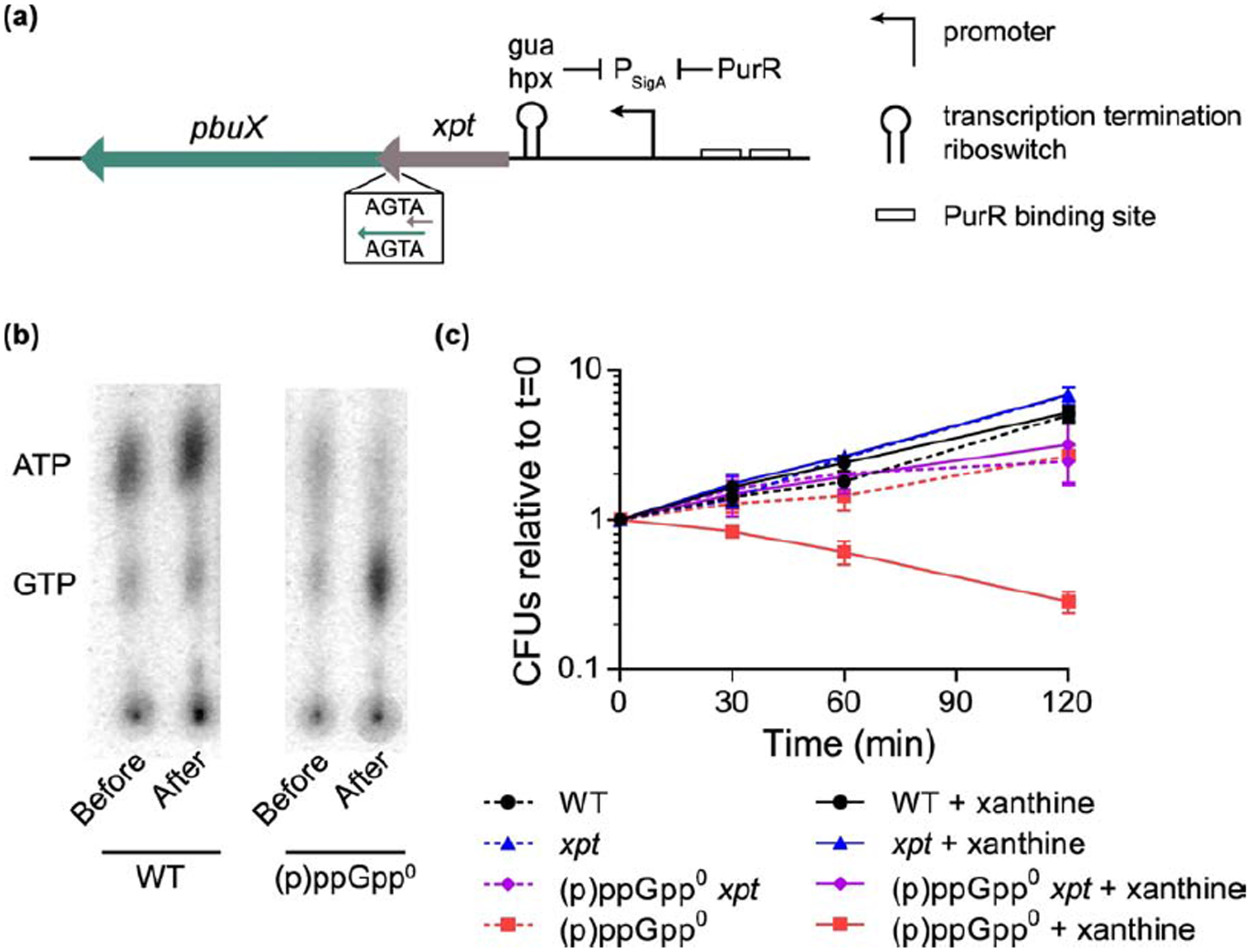Figure 7. (p)ppGpp protects GTP homeostasis against excess environmental xanthine.

(a) Genomic locus of xpt, which encodes XPRT. The xpt gene is in the same operon as pbuX, which encodes the xanthine permease. Gene expression is controlled by the purine repressor PurR and a transcription attenuation riboswitch that binds hypoxanthine (hpx) and guanine (gua). (b) Thin layer chromatography showing GTP and ATP in 32P-orthophosphate-labeled wild type and (p)ppGpp0 B. subtilis before and after 30 min of treatment with 1 mM xanthine. Data are representative examples taken from the same TLC plate. (c) Viability of wild type, xpt::kan, (p)ppGpp0, and (p)ppGpp0 xpt::kan B. subtilis with and without 1 mM xanthine over a 120 min time course. Xanthine was added to logarithmically growing cultures, and colony forming units (CFUs) were determined for cultures with and without xanthine (solid and dashed lines, respectively). Error bars represent SEM of triplicate.
